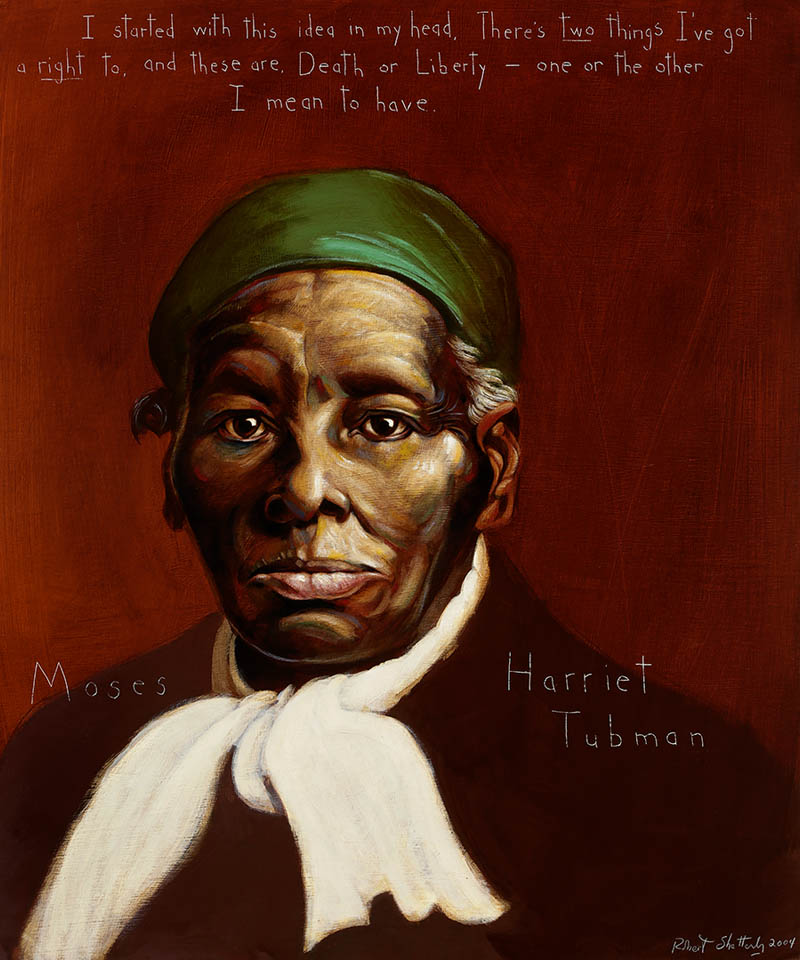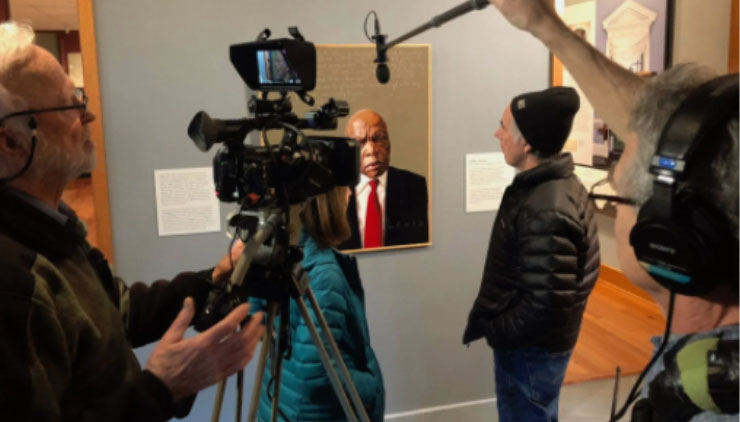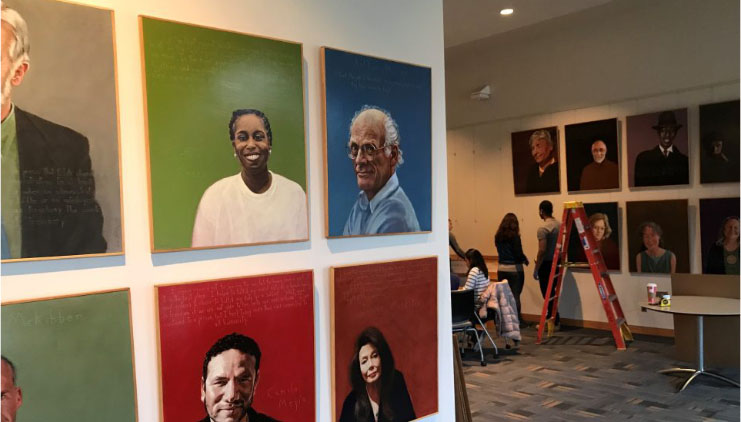
Harriet Tubman
Underground Railroad Conductor, Social Reformer, Nurse, Spy : 1820? - 1913
“I started with this idea in my head, There’s two things I’ve got a right to, and these are, Death or Liberty — one or the other I mean to have.”
Biography
The hundreds of slaves she helped to freedom and the thousands of others she inspired called her “Moses.” Harriet Tubman became the most famous leader of the Underground Railroad, an elaborate and secret series of houses, tunnels, and roads set up by abolitionists and former slaves to aid slaves escaping from slave states to free states and Canada.
Harriet Tubman was born into slavery as Araminta Ross in Bucktown, Maryland in the early 1820s. After her owner died, fearing that she would be sold farther south, Tubman escaped to Philadelphia in 1849. “When I had found that I had crossed the line, I looked at my hands to see if I was the same person,” she later said, “[T]he sun came like gold through the trees, and over the field, and I felt like I was in Heaven.”
After her escape, Tubman worked as a maid in Philadelphia and joined the city’s large abolitionist group. In 1850, after Congress passed the Fugitive Slave Act, making it illegal to help a runaway slave, Tubman joined the Underground Railroad. During her first expedition in December 1850, she managed to thread her way through the backwoods to Baltimore and return North with her niece and her niece’s children. From that time until the onset of the Civil War, Tubman traveled to the South at least eighteen times and enabled the escape of close to three hundred slaves. In 1857, she led her parents to freedom. After a brief time in Ontario, they settled in Auburn, New York, which became her home, as well.
Tubman oversaw every aspect of each escape – planning the route, dispensing drugs to quiet babies and carrying a gun for protection and to threaten any fearful runaway who wanted to turn back, saying, “You’ll be free or die.” As her reputation grew, rewards for her capture in the South reached as high as forty thousand dollars.
During the Civil War, Tubman served as a nurse, scout, and spy for the Union army. She took part in a military campaign that resulted in the rescue of more than seven hundred slaves.
After the war, Tubman returned to Auburn and continued her involvement in social issues including women’s rights. In 1908, when she finally received some of the veteran’s pay denied her for thirty years, she established a home in Auburn for elderly and indigent Blacks that later became known as the Harriet Tubman House. She died there on March 10, 1913.
Programs
Americans Who Tell the Truth (AWTT) offers a variety of ways to engage with its portraits and portrait subjects. Host an exhibit, use our free lesson plans and educational programs, or engage with a member of the AWTT team or portrait subjects.

Education
AWTT has educational materials and lesson plans that ask students to grapple with truth, justice, and freedom.

Exhibits & Community Engagement
AWTT encourages community engagement programs and exhibits accompanied by public events that stimulate dialogue around citizenship, education, and activism.